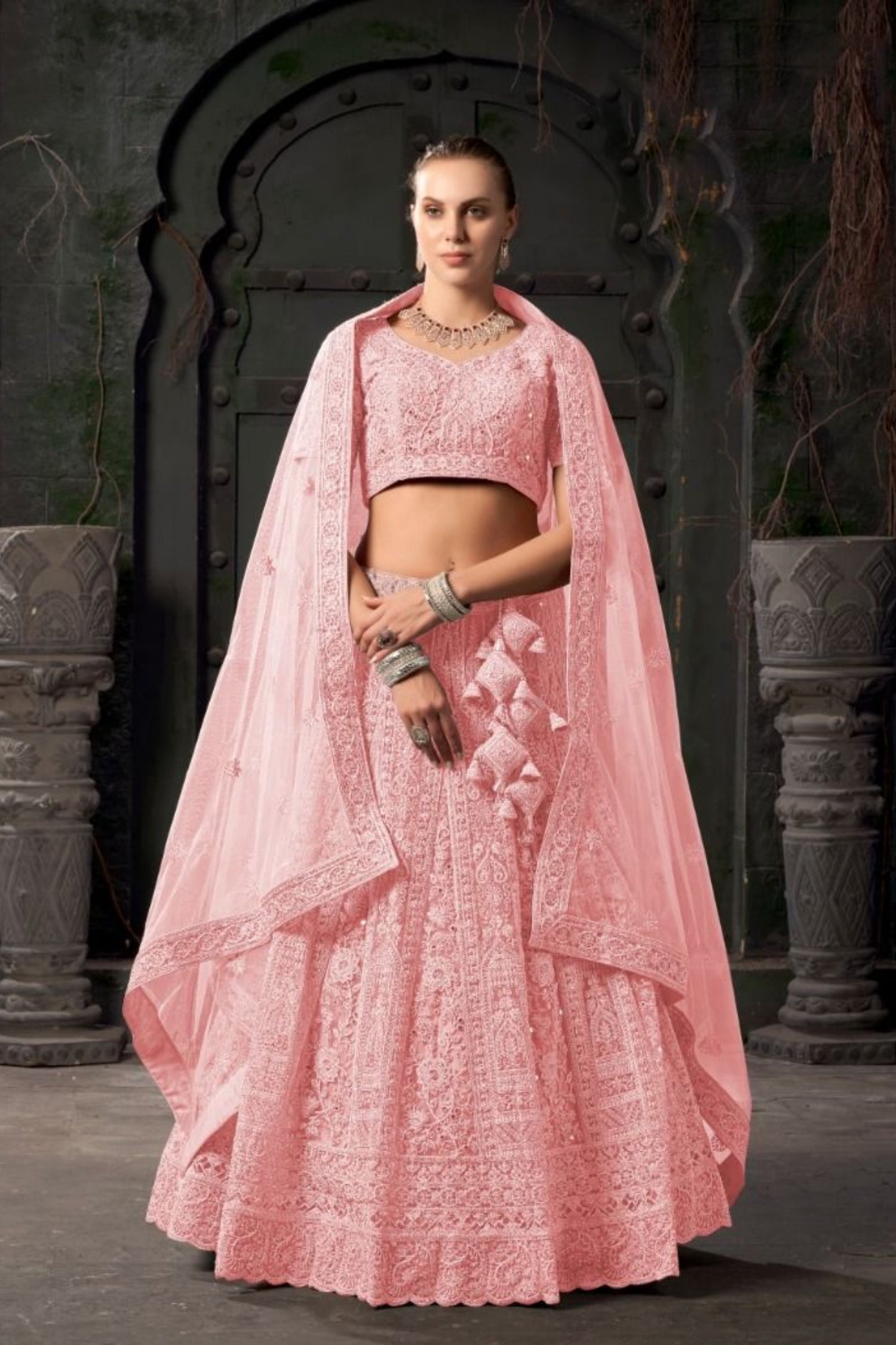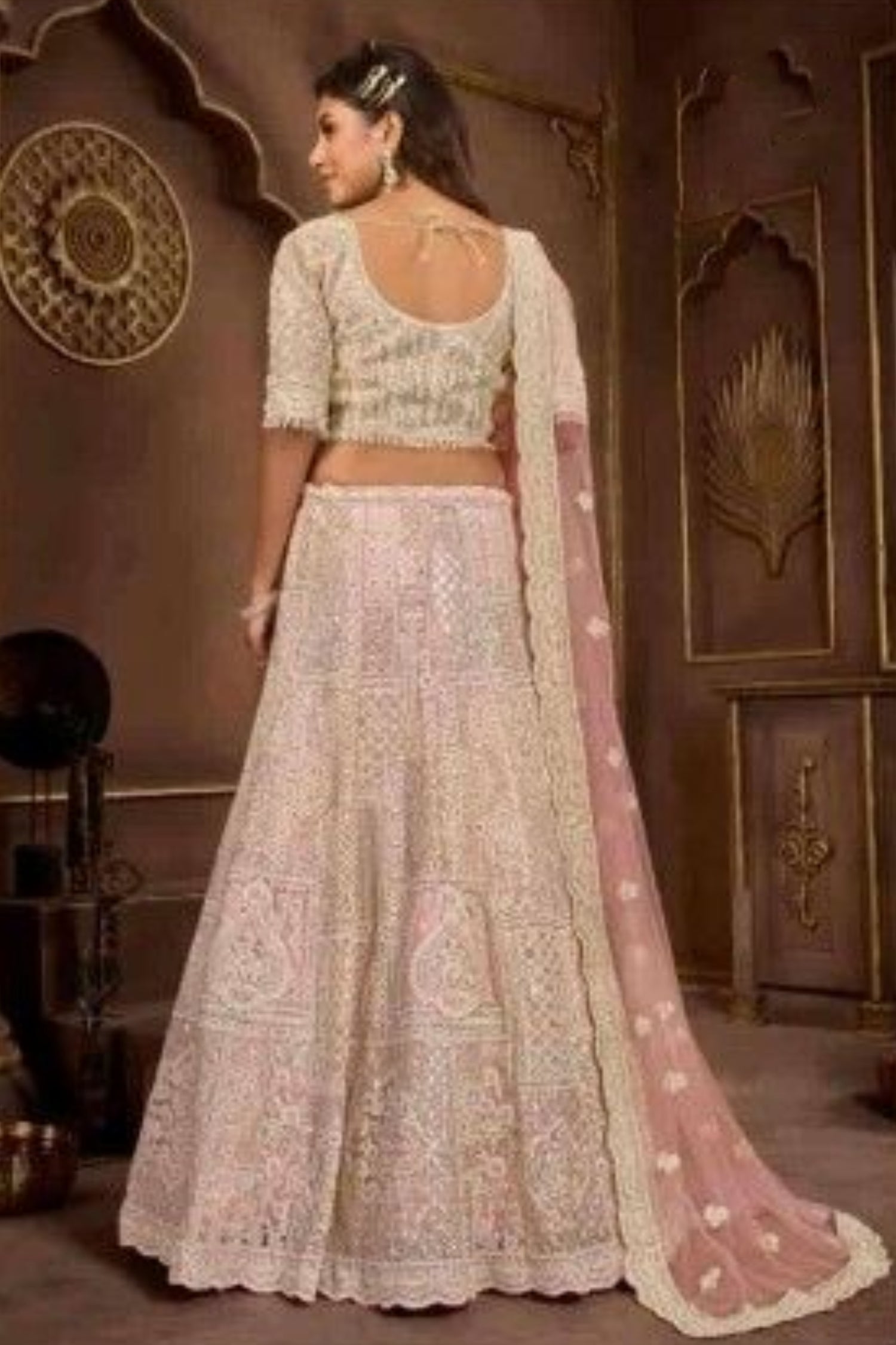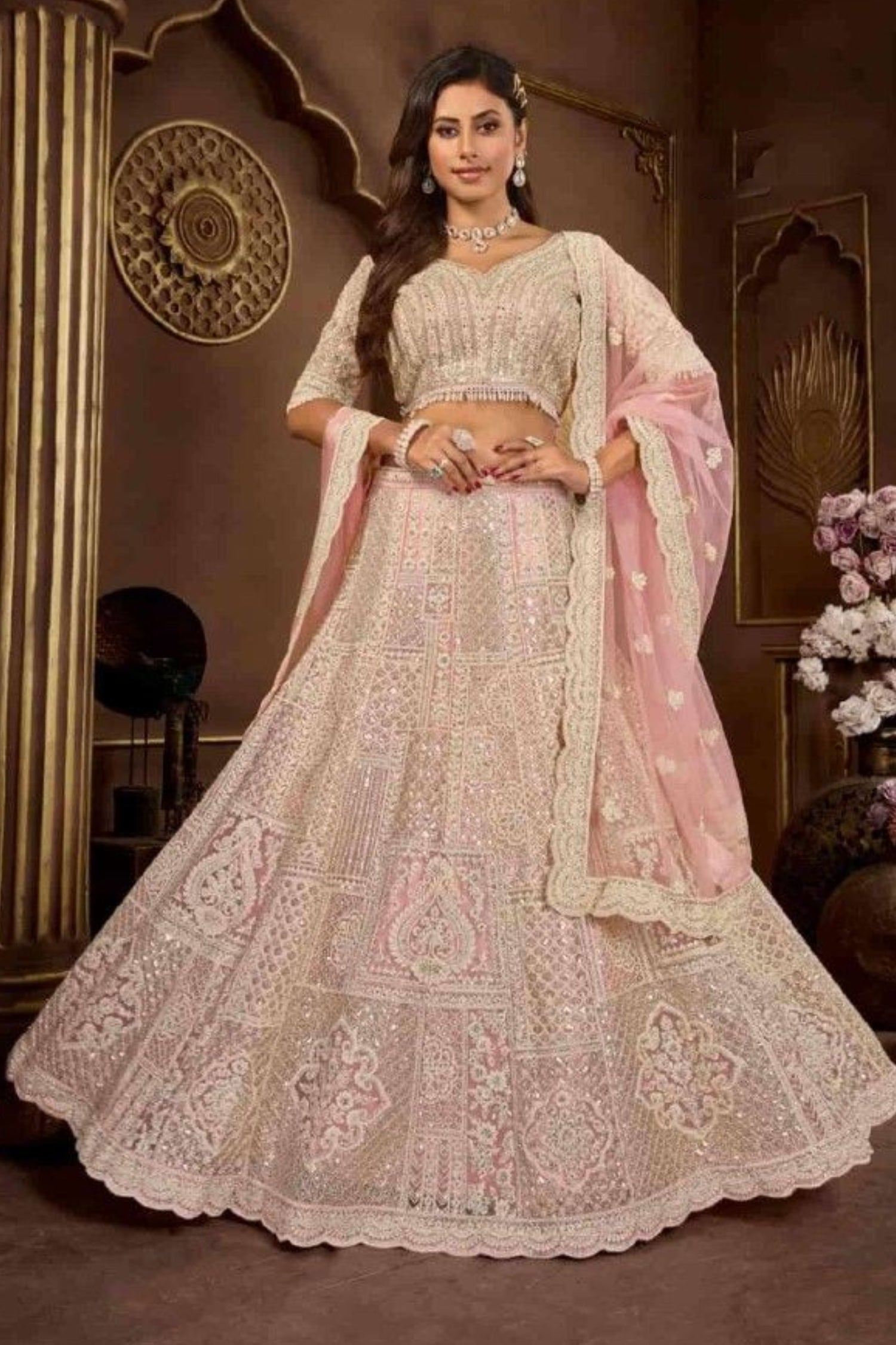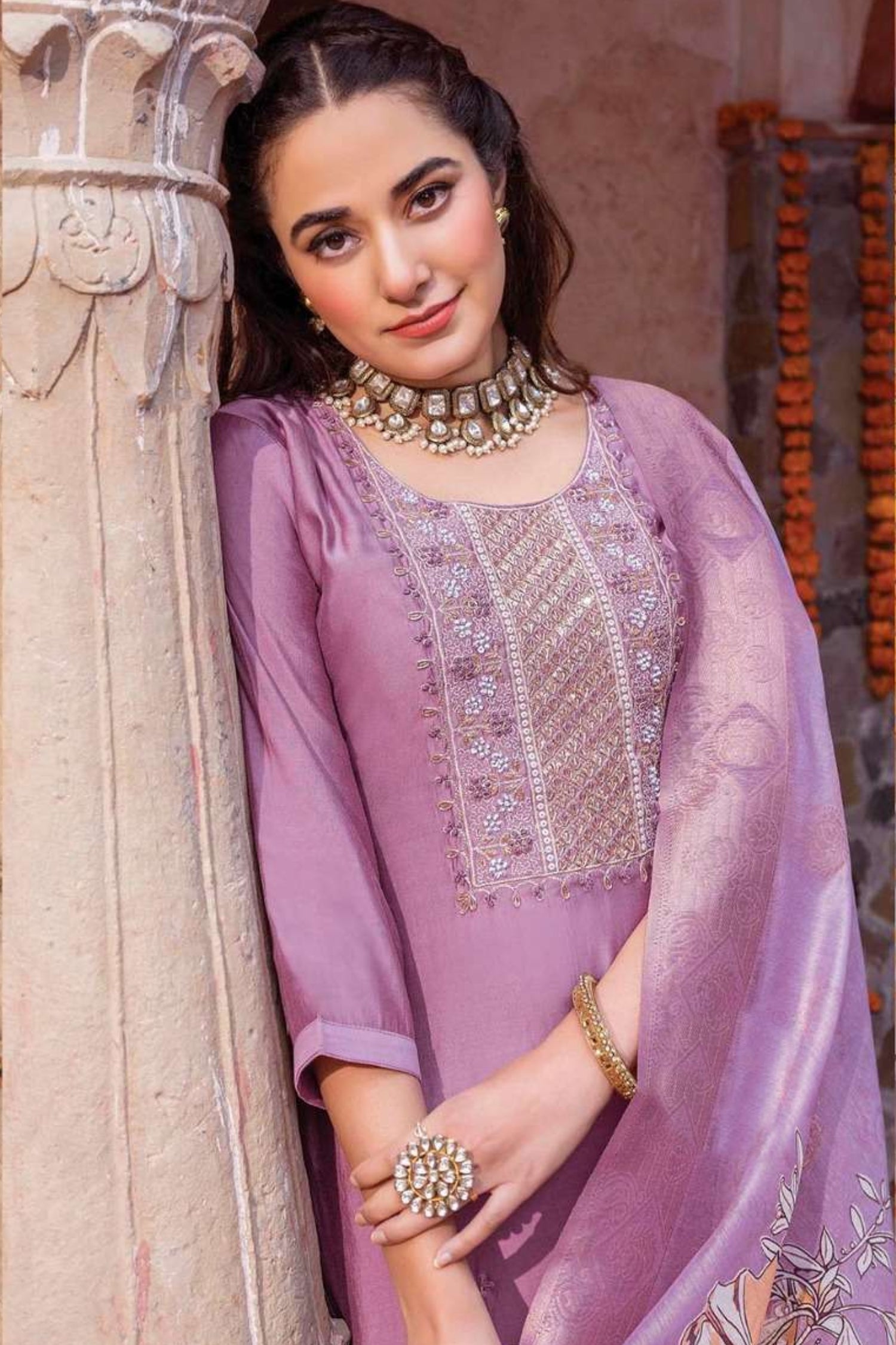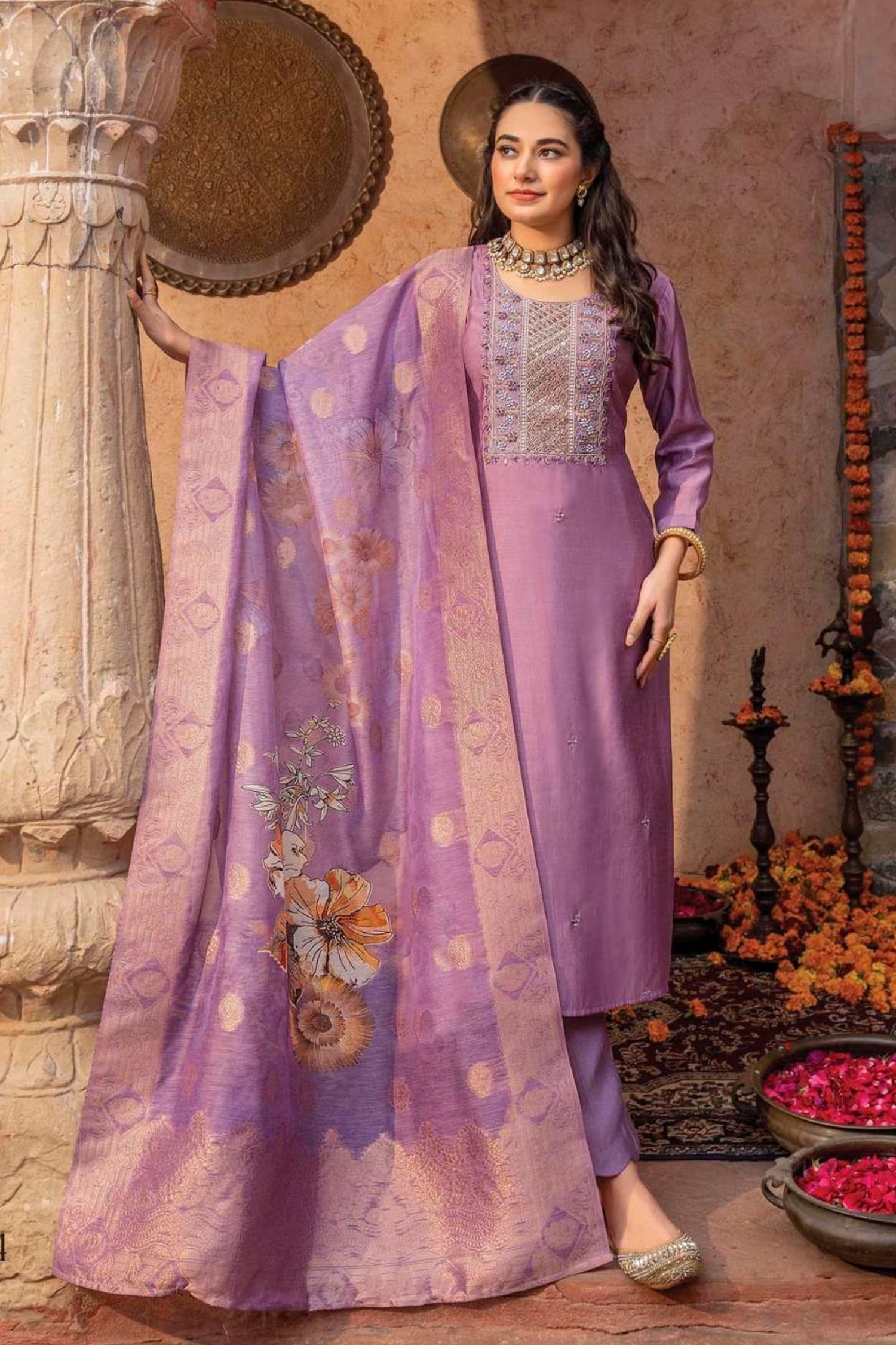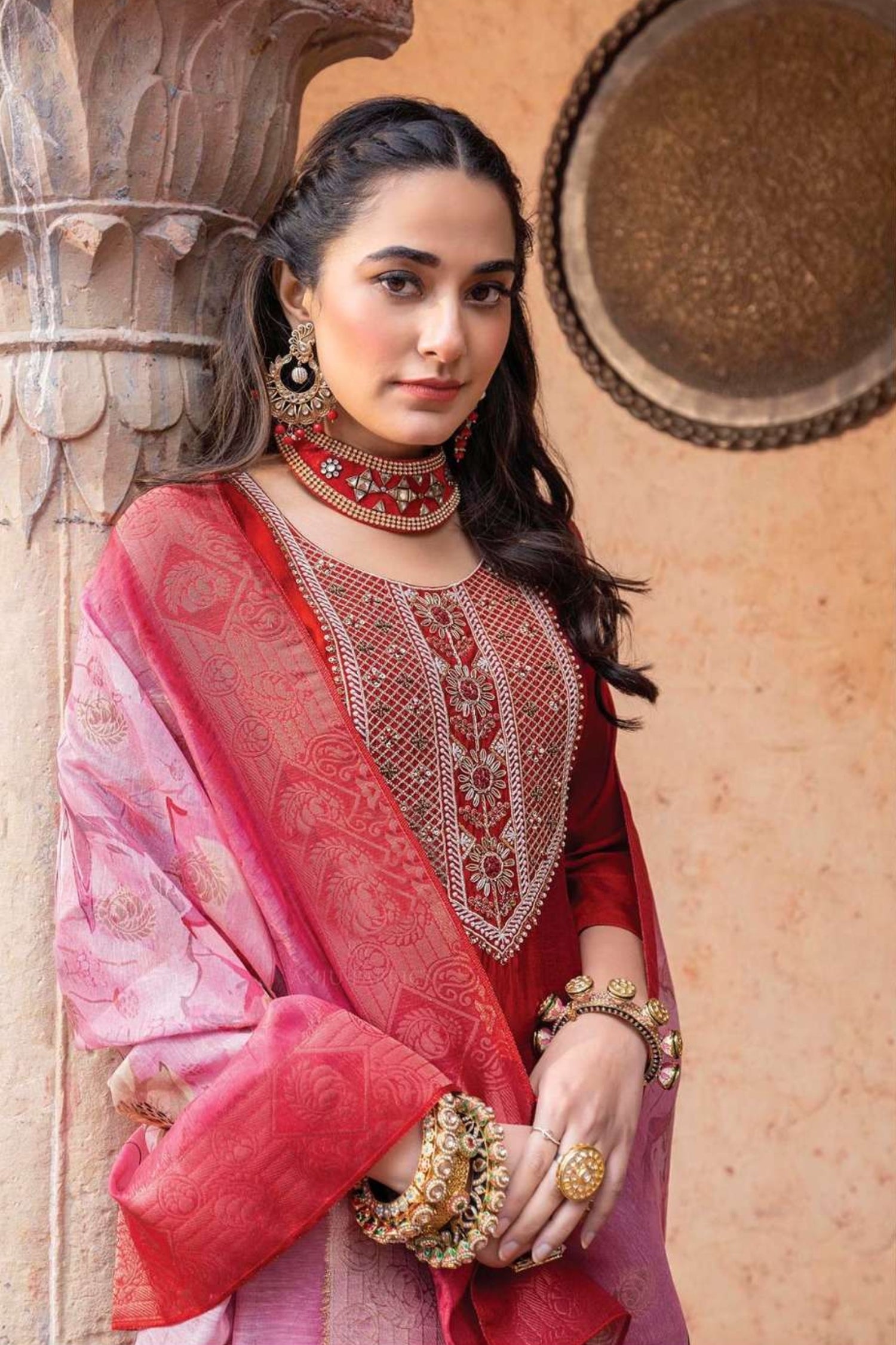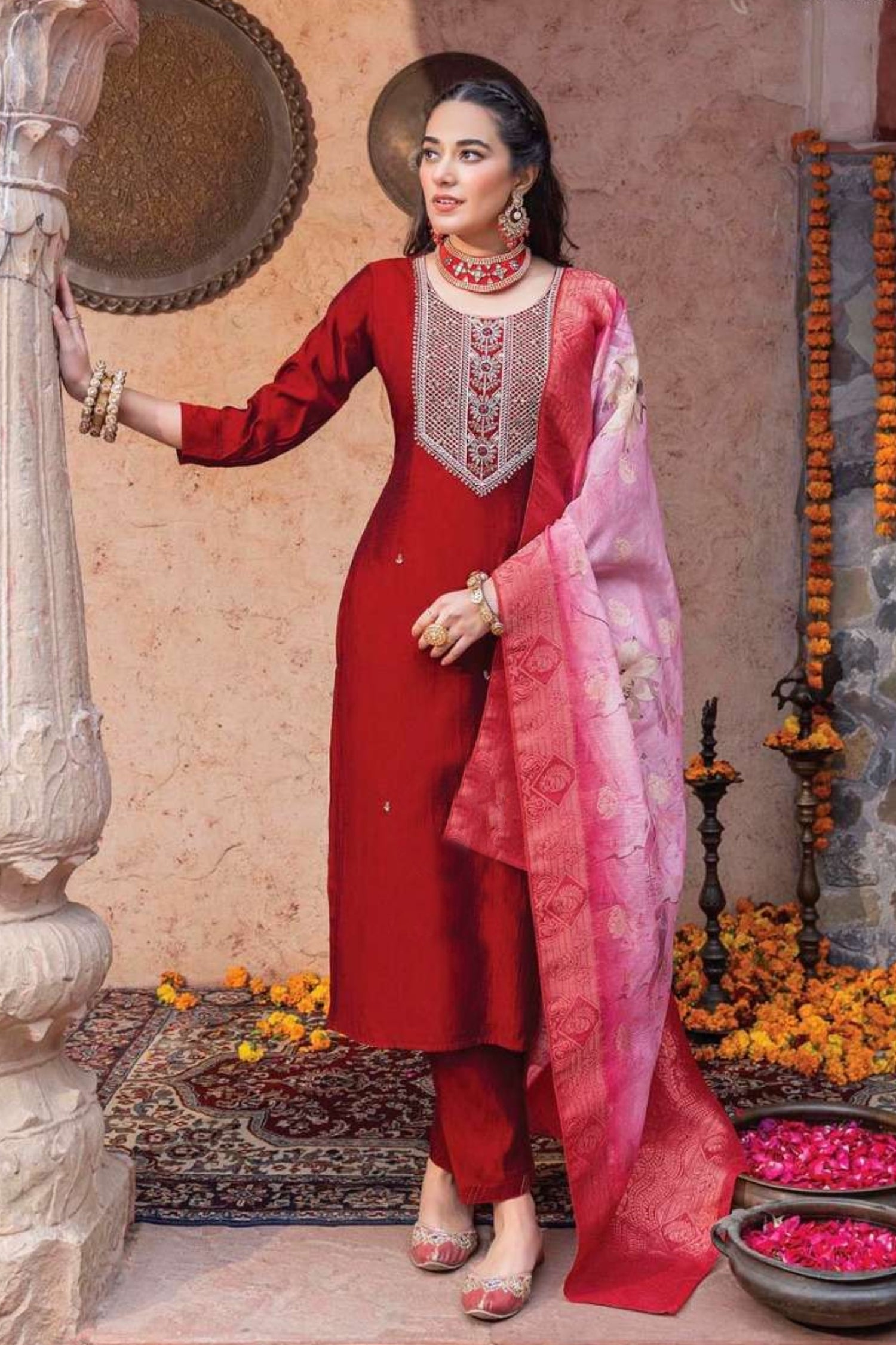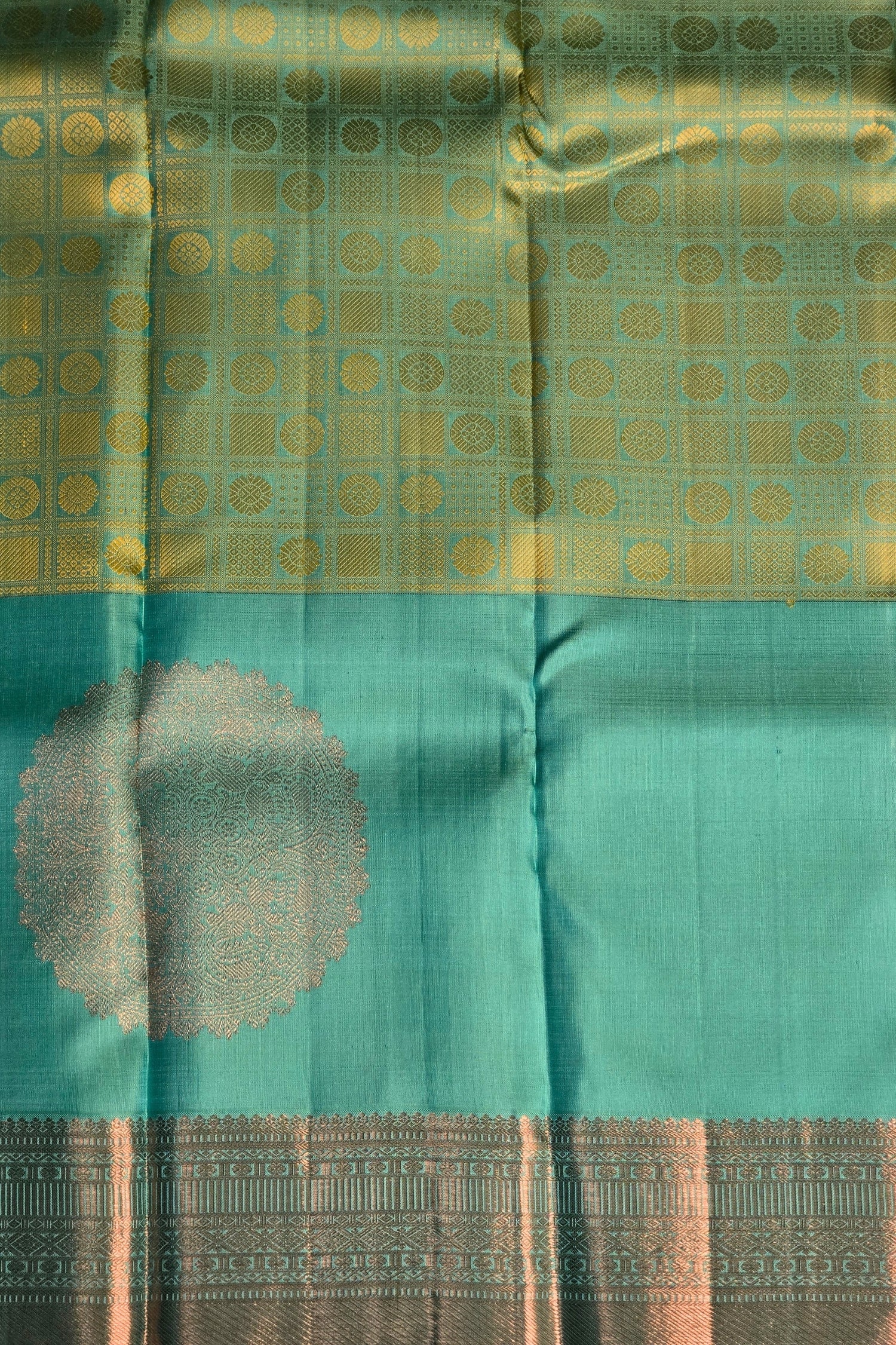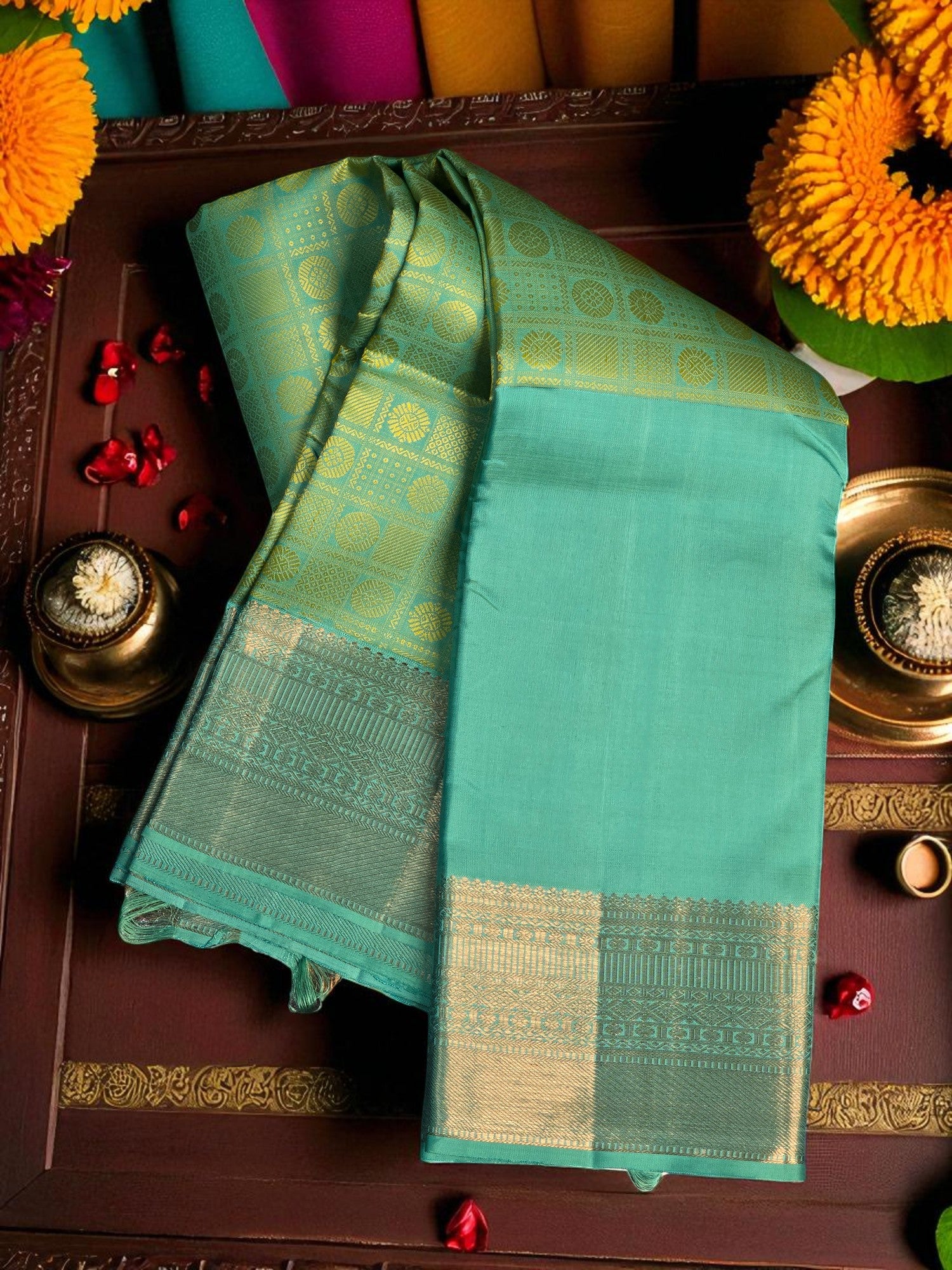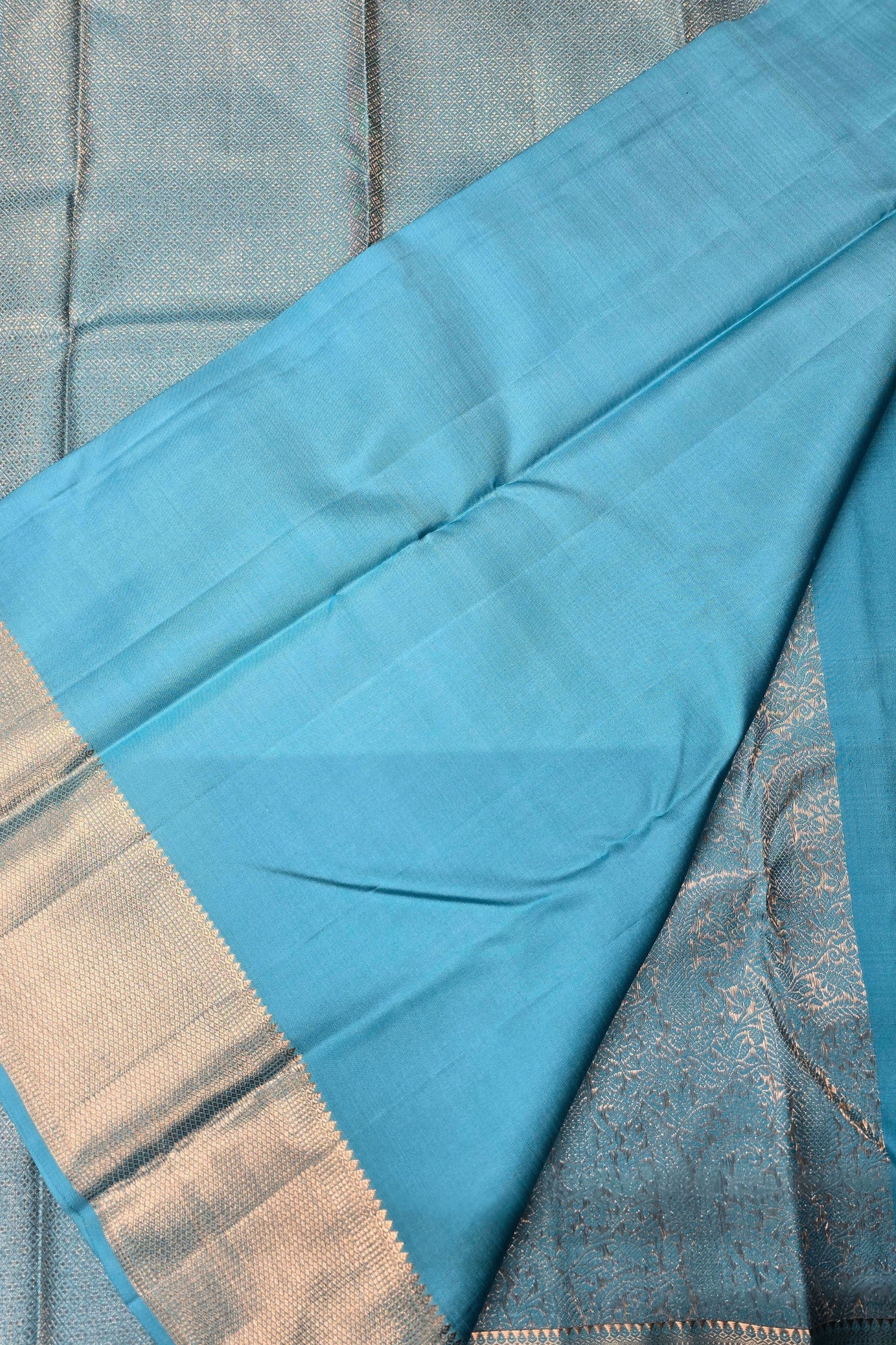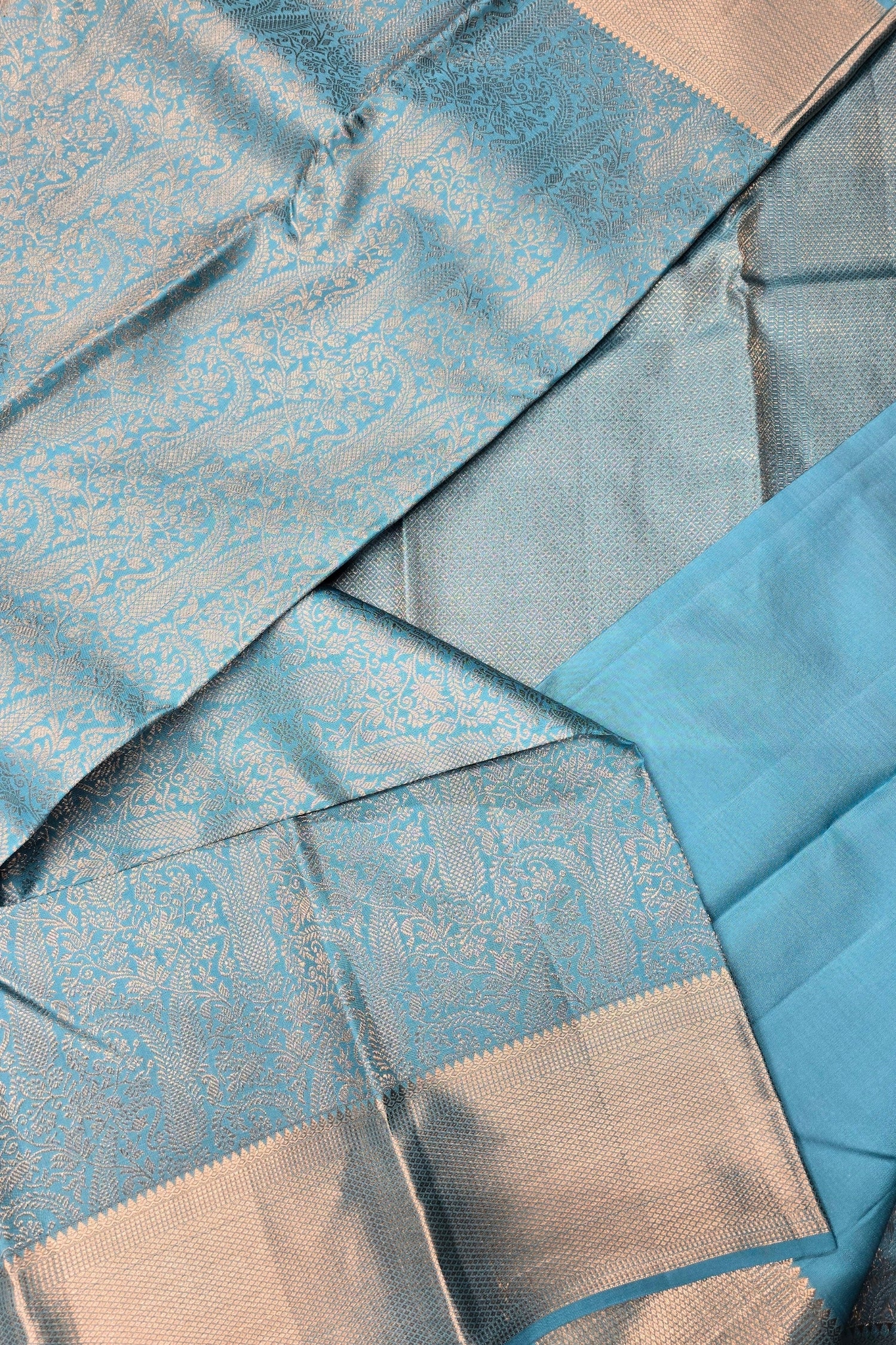The salwar suit is a symbol of comfort, elegance, and cultural pride. Over the years, it has transitioned from a strictly traditional outfit to a versatile piece of modern fashion. As style trends changed through the decades, the salwar adapted—evolving in form, fit, and flair while maintaining its core identity.
Let’s explore how salwar styles have transformed through time.
Traditional Beginnings: Grace Rooted in Heritage
The early form of the salwar suit was defined by long, modest kurtas paired with pleated salwars and a flowing dupatta. Worn widely in North India and Pakistan, this style emphasized comfort and elegance. Fabrics like cotton and silk were commonly used, often enhanced with simple handwork or embroidery.
1970s–1980s: Rise of Bold Fashion
With cinema and street fashion gaining influence, the 70s and 80s brought brighter colors and more playful silhouettes. Salwar suits became shorter, more fitted, and often paired with flared or straight-cut bottoms.
Notable trends:
-
Printed fabrics with bold patterns
-
Bell-bottom and parallel-style salwars
-
Short kurtas and vibrant dupattas
This era eflected a youthful, expressive approach to ethnic dressing.
1990s: Minimalism and Practicality
In the 90s, fashion took a simpler turn. Salwar suits became sleeker and more minimal, suitable for both everyday use and formal settings.
Style updates:
-
Churidar bottoms became popular
-
Straight-cut kurtas in subtle tones and prints
-
Lightweight materials like crepe and georgette
This decade focused on clean lines and easy-to-wear designs.
2000s: Glamour and Experimentation
The 2000s saw a surge of designer influence. Traditional styles were reimagined with dramatic flair—perfect for weddings and festive occasions.
Emerging features:
-
Anarkali suits with flowing layers
-
Asymmetrical hemlines and deep necklines
-
Heavy embellishments and richer fabrics
Fashion-forward versions of the salwar suit gained popularity across age groups.
2010s–Today: Freedom and Fusion
Modern fashion celebrates versatility, and so does the contemporary salwar suit. There’s now space for both minimalism and maximalism in ethnic wear.
Current trends:
-
Palazzo pants, shararas, and dhoti-style bottoms
-
Layered kurtas, crop tops, and cape jackets
-
Eco-friendly fabrics and handcrafted detailing
From casual chic to festive glamour, today’s salwar suits cater to diverse preferences and occasions.
Conclusion
The salwar suit has continuously evolved to reflect changing times, lifestyles, and cultural influences. It remains a beloved outfit for its ability to balance tradition with style, and comfort with elegance. No matter the era, the salwar suit stands strong as a timeless part of South Asian fashion.


